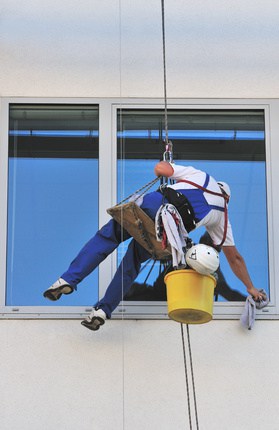More than 800 people in the U.S. die from hypothermia each year. But a few simple precautions can help protect workers in frigid environments.
OSHA has provides these ten basic tips for working outdoors safety:
- Recognize the environmental and workplace conditions that may be dangerous.
- Learn the signs and symptoms of cold-induced illnesses and injuries and what to do to help workers.
- Train workers about cold-induced illnesses and injuries.
- Encourage workers to wear proper clothing for cold, wet and windy conditions, including layers that can be adjusted to changing conditions.
- Ensure workers in extreme conditions take a frequent short break in warm dry shelters to allow their bodies to warm up.
- Schedule work for the warmest part of the day if possible.
- Avoid exhaustion or fatigue; energy is needed to keep muscles warm.
- Use the buddy system. Work in pairs so that one worker can recognize danger signs.
- Drink warm, sweet beverages (sugar water, sports-type drinks) and avoid drinks with caffeine (coffee, tea, sodas or hot chocolate) or alcohol.
- Eat warm, high-calorie foods such as hot pasta dishes.
Remember, workers face increased risks when they take certain medications, are in poor physical condition or suffer from illnesses such as diabetes, hypertension or cardiovascular disease.



